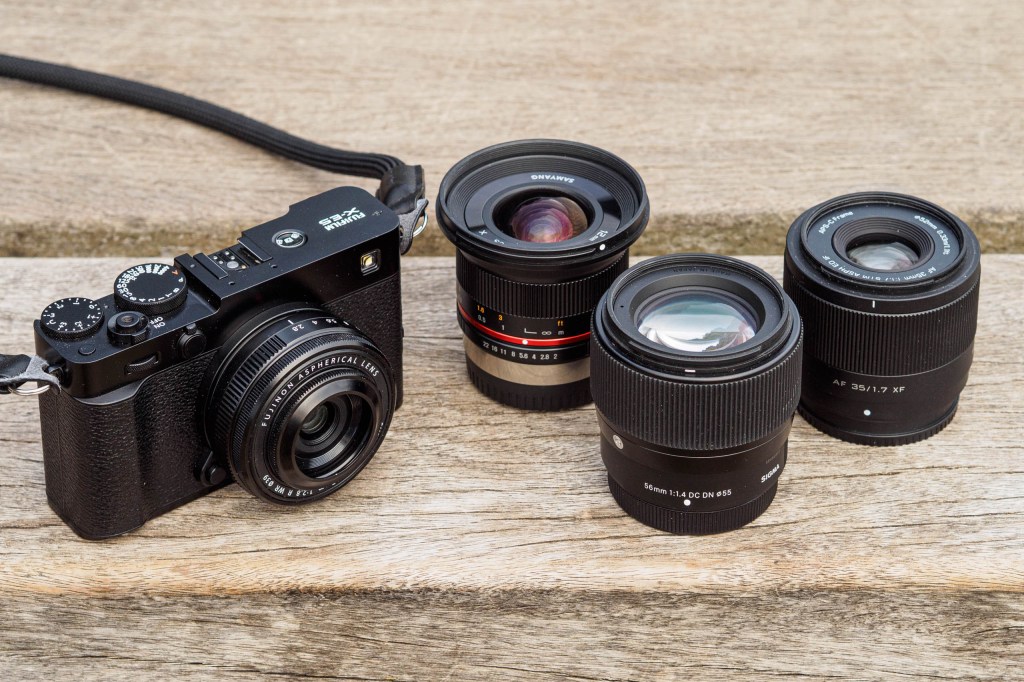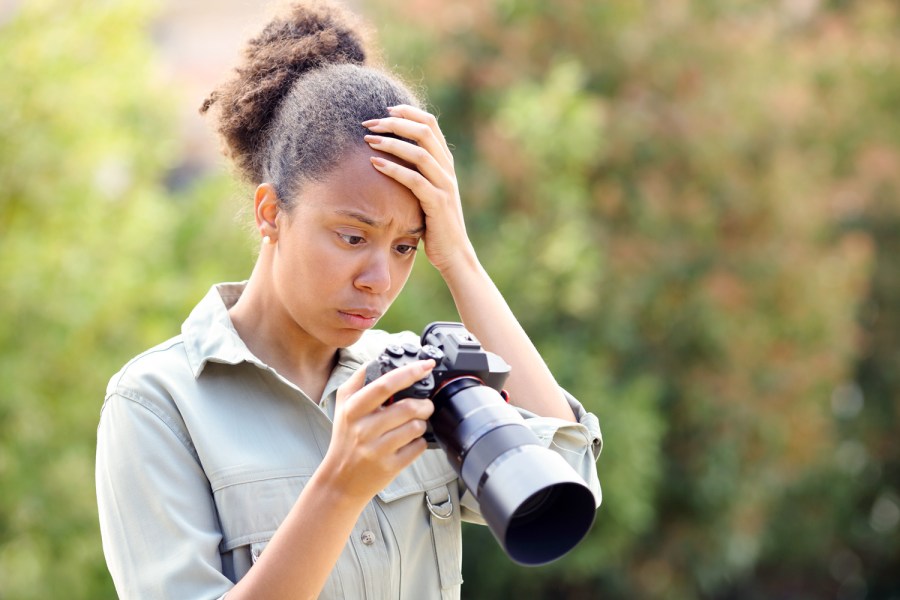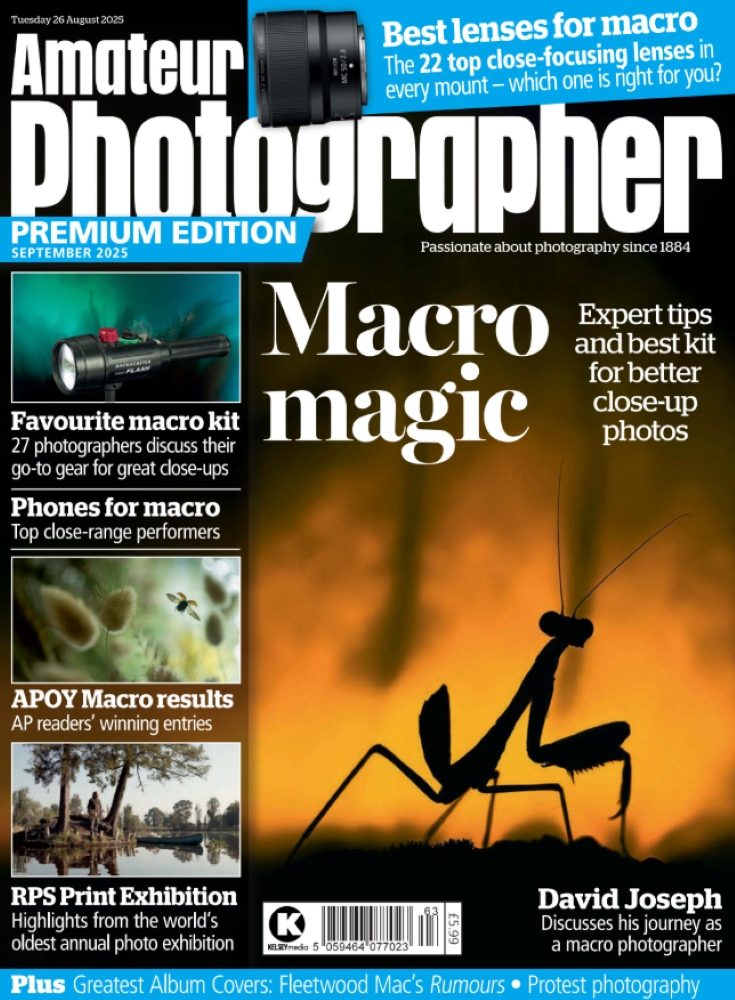Always do the same thing, always get the same results, runs the adage. By contrast, challenging ourselves and thinking outside of the box refreshes and reinvigorates creativity. Especially when it comes to photography. Most of us however have been conditioned to believe a large part of getting a great picture simply comes down to having a great camera in our hands. Me included.
Granted, recent AI enhancements to auto focus, when it comes to locking onto and tracking with a subject, have almost enabled photographers to get the shot with their eyes closed. But that’s not the full picture. Literally.
Something I’ve been guilty of myself is making the lens I use a secondary consideration.
The sensor in the camera might be incredible, but without sufficiently high-quality glass to match and enhance its capabilities, it’s all for nought. Photography is light, and the lens is the means via which we capture and direct it.
So maybe rather than believing ‘buying the latest and shiniest new mirrorless camera will take my photography to the next level’, while slavishly reading rave reviews to convince myself I need it, I should instead start by considering what it is I want to photograph, the conditions I’m shooting in, then which lens is best suited to capture my subject.

Is my priority a wide-angle lens for landscape shots, a macro lens for close ups, a lens for portraits with attractive ‘bokeh’, or a super long telephoto for bringing the faraway up close and personal, typically essential for both wildlife and sports photography.
Or would a standard adjustable zoom be better than a prime lens for spur-of-the-moment everyday snapping, when I’m not quite sure what I’m going to encounter?
As regards my chosen system, instead of just Nikon, I will now be thinking of Nikkor, instead of Fujifilm, I’ll be considering which Fujinon, and rather than grabbing the latest OM System cameras, I’ll be prioritising OM Zuiko. Plus, there are many thousands of vintage lenses that can be re-enlisted for service with today’s cameras.
If you’re lucky enough to own several bodies – with most contemporary interchangeable lens cameras, whether mirrorless, DSLR or medium format, delivering a competent, consistent and repeatable performance – then selecting the lens before choosing the body makes even more sense.
Beyond that, if we’re seeking to shoot with available light, prevent blur or narrow depth of field, the buck stops with our f-stops. Something to think about the next time I automatically reach for that camera body before considering which lens to pair it with.
Because, when it comes to creativity, I believe salvation really can be found in the bottom of some ‘glass’.
It’s just as intrinsic to the outcome as the sensor we’re placing it in front of.
Of course, there’s a school of thought that it’s not about the gear, it’s all about the idea. What’s going on in the photographer’s head when the photograph is taken – and a connection with the subject – is more important than the device, or lens, in hand. But I’ll leave that for another opinion piece.
Related reading:
- Best Canon RF mount lenses
- Best Z Mount lenses for Nikon
- The best Sony lenses
- Best Fujifilm X-mount lenses
- Best Micro Four Thirds lenses
The views expressed in this column are not necessarily those of Amateur Photographer magazine or Kelsey Media Limited. If you have an opinion you’d like to share on this topic, or any other photography related subject, email: ap.ed@kelsey.co.uk








